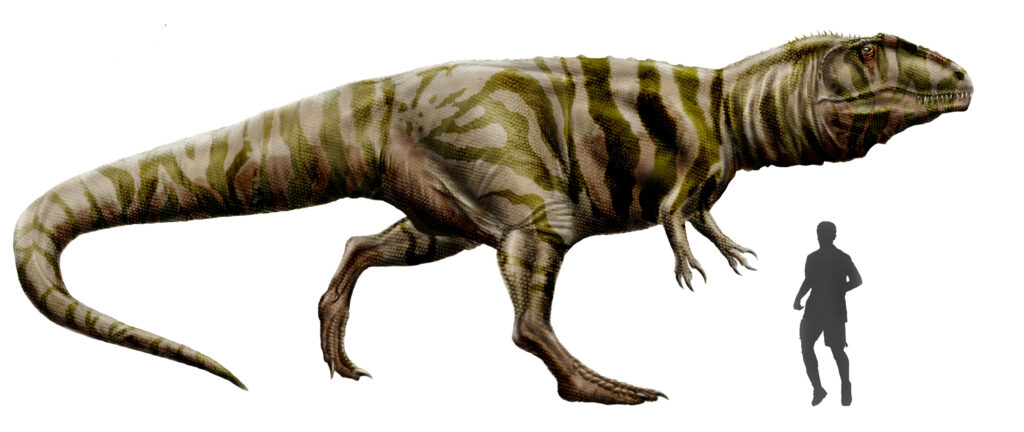The mighty Tyrannosaurus rex has ruled our nightmares and blockbuster films for decades. With its bone-crushing jaws and towering presence, it’s earned its place as the ultimate prehistoric predator. Yet the Mesozoic era harbored creatures far more terrifying than even the king of dinosaurs.
Picture this: predators that could slice through massive prey like living blades, pack hunters with razor-sharp killing claws, and ambush specialists that made even T. rex look sluggish. These weren’t just bigger versions of familiar dinosaurs. They were evolutionary marvels designed for one purpose: domination through pure, calculated violence.
Allosaurus: The Coordinated Pack Slasher
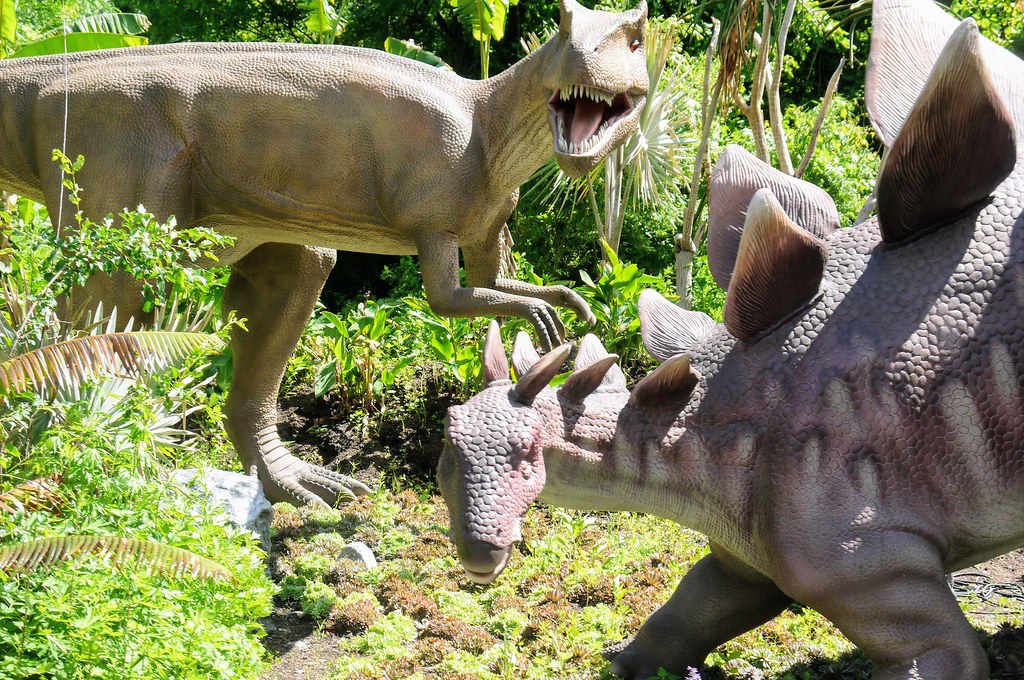
Known for its social behavior, Allosaurus often hunted in packs, employing strategies akin to modern Komodo dragons, similar to that of the Komodo dragon, while this means they hunted ‘together’, it was still every Allosaurus for itself. What set Allosaurus apart was its ambush-hunting technique, it likely attacked in groups, going after giant herbivorous dinosaurs like Stegosaurus, its cooperative hunting strategy and ability to take down large prey make it one of the scariest dinosaurs of its time.
Allosaurus may have used hunting strategies such as flesh grazing, pack hunting, and ambush attacks that utilized trachea crushing bites, it likely grasped its meal with its legs and mouth and pulled its meal apart. Often at times, an entire gang of these dinosaurs would be killed by their prey or by natural hazards, showing they had poor group coordination. A fossil pubis bone of an Allosaurus showing an entry and exit wound from a stegosaurus tail spike, the white plaster is a cast of the abscess formed from infection after the injury.
Utahraptor: The Ultimate Killing Machine
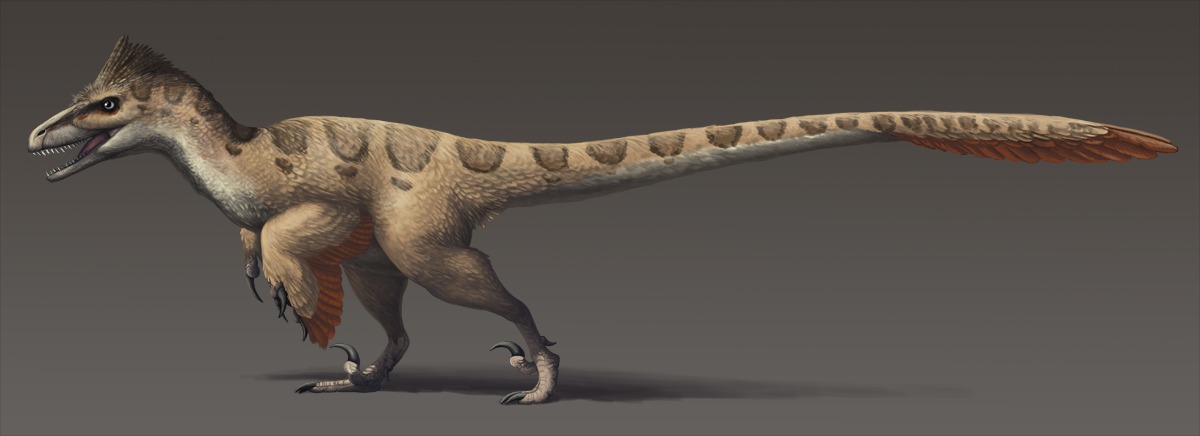
The mighty Utahraptor was three times larger and meaner than its cousin, the Velociraptor, armed with a 30-centimetre (12-inch)-long sickle-shaped claw on each hind foot, it would kick, rip and tear its prey to death, its leg bones were unusually thick, in order to support the powerful muscles dedicated to repeatedly driving the killing claw into its prey.
The authors of the paper estimated that Utahraptor may have been about 20 feet long and a little less than a thousand pounds, making it a somewhat stocky hunter, if Utahraptor hunted in packs, it is conceivable that, in addition to preying on the iguanodonts in the fauna, sauropods up to 20 meters long may have been an important part of its diet. In keeping with its smaller raptor cousins, it’s possible that Utahraptor hunted in packs, like terrible three-metre (9.8-foot)-tall 500-kilogram (1,100-pound) wolves, and targeted prey many times larger than itself.
Spinosaurus: The Aquatic Terror
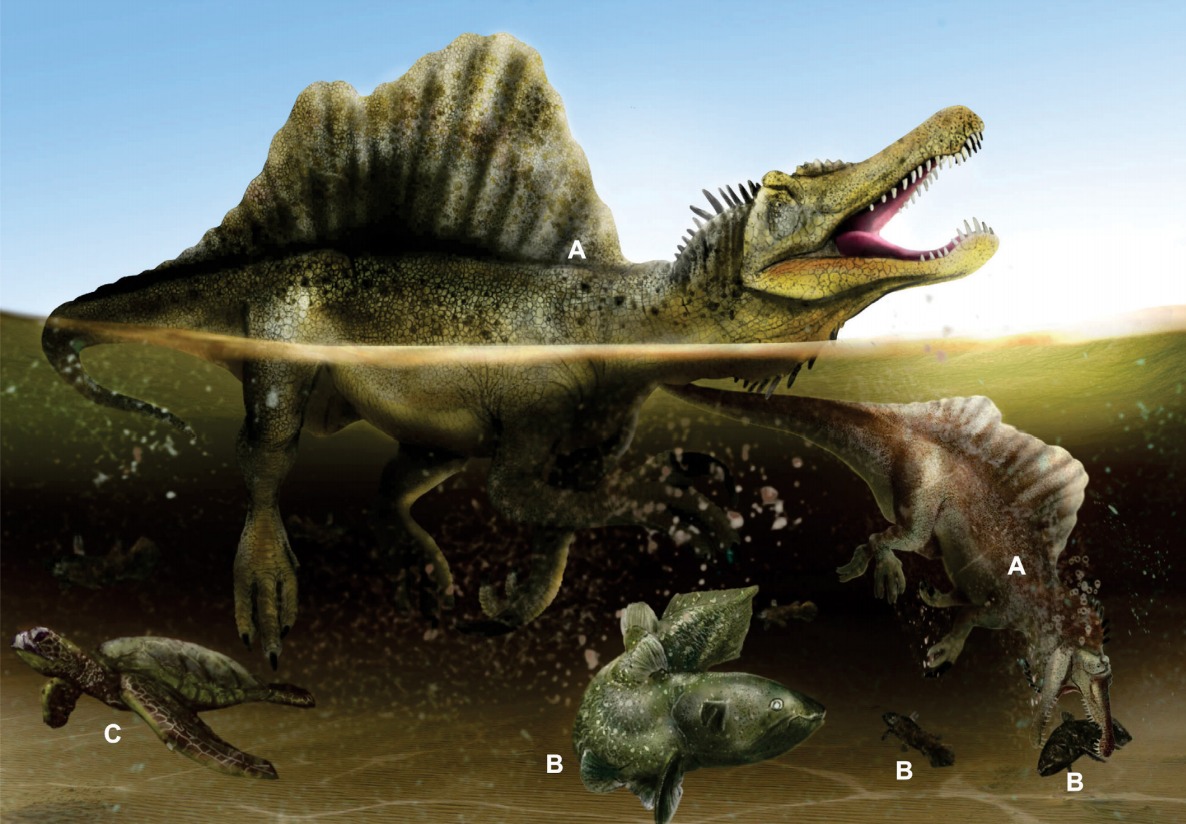
Not only is the Spinosaurus an example of an aquatic predatory dinosaur, it is also the longest theropod, it wasn’t as bulky as T. rex, but its length has been estimated at up to 50 feet – around the length of a semi-truck. It lived both on land and in water, which gave it an advantage over many other carnivorous dinosaurs, with a long snout and conical teeth, it specialized in catching fish but could easily overpower other dinosaurs with its sheer size, its crocodile-like jaws and semiaquatic lifestyle made it one of the most versatile and dangerous predators around.
Its vertebrae were 20 per cent larger than those of T-rex and to top it off, it sported a gigantic sail of skin supported by two-metre (6.6-foot)-long spines protruding from its back, despite its imposing physique, recent evidence suggests Spinosaurus spent more of its time terrorising the water than it did the land, its crocodile-like jaw had smooth, conical, pointed teeth, well adapted to spearing slippery prey. Nevertheless, Spinosaurus was fast, strong and possessed a cruel set of claws, meaning it could likely hold its own against other massive predators, like Carcharodontosaurus, who shared its territory.
Giganotosaurus: The South American Titan
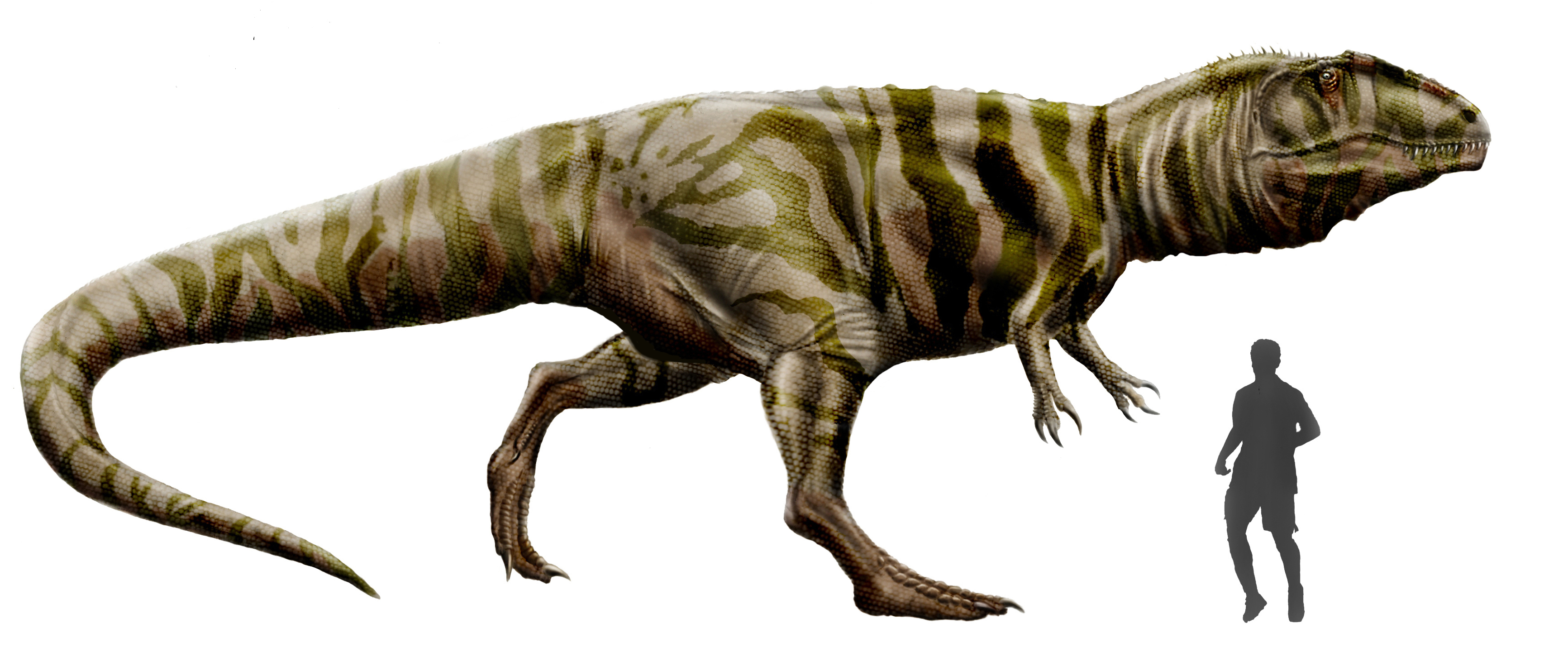
Growing up to 13 metres long, this Cretaceous dinosaur lived in what would be modern-day South America, it made headlines over the world when it was discovered as a dinosaur that was bigger than T-Rex, it is thought to have hunted the giant South American titanosaurs, such as Argentinosaurus, by slicing through their flesh with its razor-sharp teeth and waiting for blood loss and infection to finish off the mammoth creature.
Carcharodontosaurus’s South American cousin, Giganotosaurus was another beast to rival T-rex for size, depending on the specimen, it is thought to have been slightly smaller than Carcharodontosaurus, but longer, taller and more slender than T-rex. It walked on a pair of powerful hind legs and could run as fast as a professional footballer, but balance issues meant that Giganotosaurus could outrun it.
Carcharodontosaurus: The Shark-Toothed Butcher

Named after the great white shark (since modern scientists discovered the shark before the dinosaur), Carcharodontosaurus was a huge predator with teeth designed for cutting flesh, it was slightly longer than T. Modern-day South America and Africa were home to groups called the carcharodontosaurids and the abelisaurids, which could reach similar sizes to the T. rex, in 2022, Canale described one of the biggest predatory dinosaurs ever found in South America, Meraxes gigas.
Carcharodontosaurus has often been called the ‘African T-Rex’, which is false because it wasn’t a tyrannosaur, it was actually closer related to Giganotosaurus of South America. These massive predators roamed the same territories, creating a landscape where apex predators had to compete fiercely for survival.
Deinonychus: The Pack Hunter Perfected
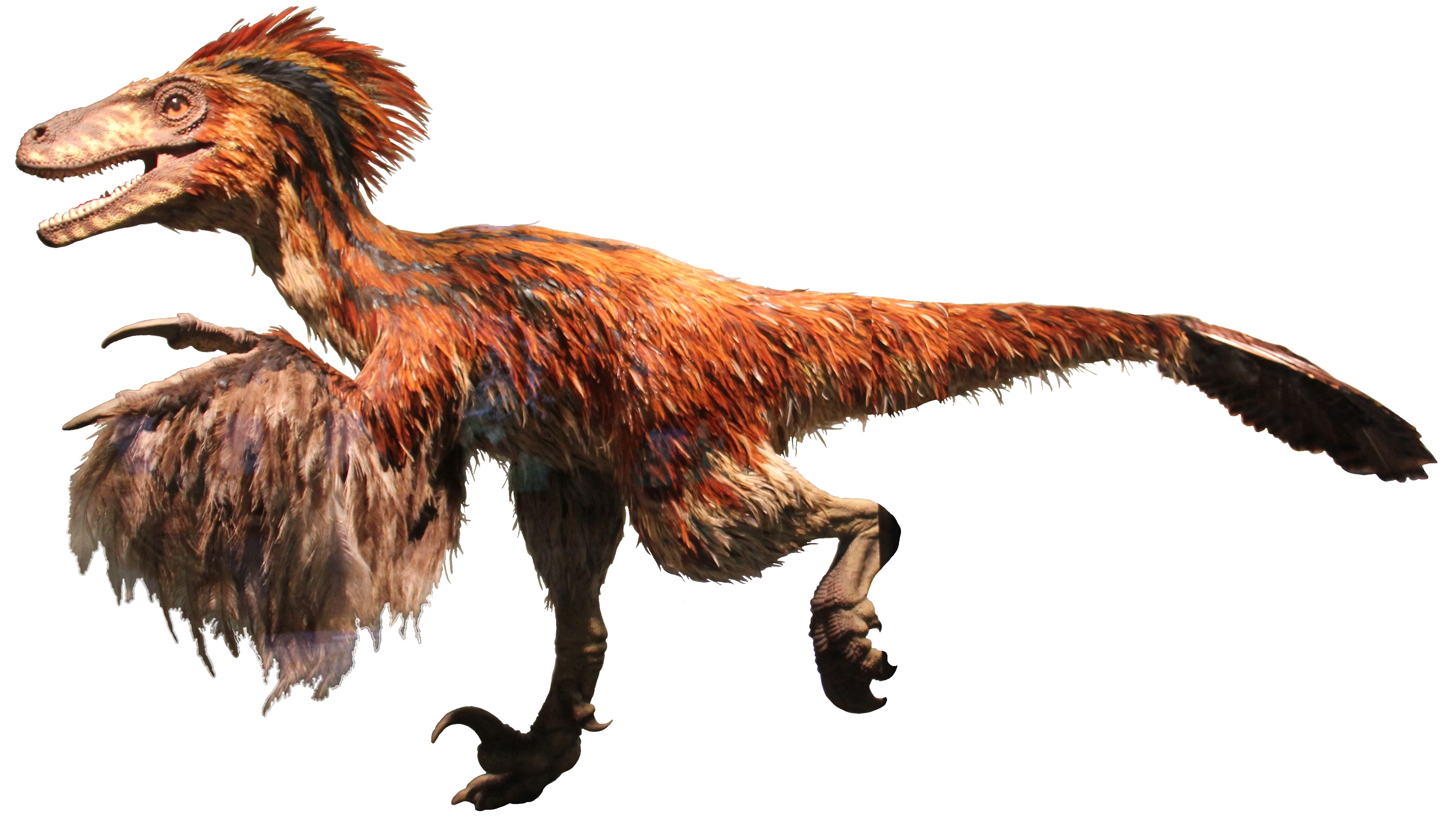
Almost twice the size of Velociraptor, but a similar weight, it was a sprightly and most likely a quick-witted pack hunter, among other advantages, it possessed interlocking vertebrae that allowed its tail to stiffen for balance when running, and a retractable 13-centimetre (five-inch) claw on each foot to disembowel prey restrained in its hands and jaw.
Dr. Ostrom found four Deinonychus skeletons in Montana scattered amidst a Tenontosaurus he was excavating, a Tenontosaurus is a large (20’+, over 2,000 lbs) plant-eating dinosaur, in contrast, a big Deinonychus was 11′ long (and most of that tail!) and roughly 200 lbs, it is unlikely a Deinonychus would be able to, on its own, bring down a Tenontosaurus, so the discovery of partial Deinonychus skeletons at almost 1/3rd of the Tenontosaurus fossil sites suggested to Dr. Ostrom that the Deinonychus were like wolves, working together to take down much larger prey and often being mortally injured in the process.
Acrocanthosaurus: The High-Spined Stalker

Acrocanthosaurus is a genus of theropod dinosaur that existed in what is now North America during the Aptian and early Albian stages of the Early Cretaceous, fossils have primarily been found in the Antlers Formation of Oklahoma and Texas. This massive predator stood out with its distinctive high neural spines that formed a ridge along its back.
Modern-day South America and Africa were home to groups called the carcharodontosaurids and the abelisaurids, which could reach similar sizes to the T. rex. Acrocanthosaurus represented the North American branch of this fearsome lineage. Its powerful build and strategic hunting approach made it a formidable competitor to other large predators of its time. The creature’s imposing size and specialized anatomy suggest it was perfectly adapted to take down the largest herbivores of the Early Cretaceous period.
These seven predators represent nature’s most successful killing machines from the Mesozoic era. Each possessed unique adaptations that made them supremely deadly in their own right. While T. rex may capture our imagination with its iconic status, these ancient hunters prove that the prehistoric world was filled with creatures that could make even the king of dinosaurs think twice about picking a fight.
What strikes you most about these incredible predators? Share your thoughts about which one you’d least want to encounter in the comments below.

